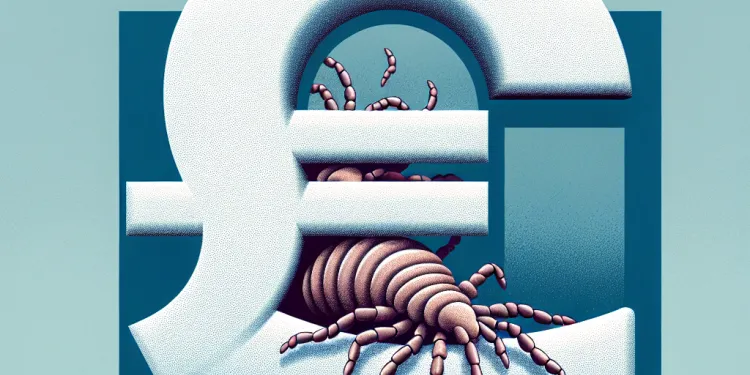
Find Help
More Items From Ergsy search
-
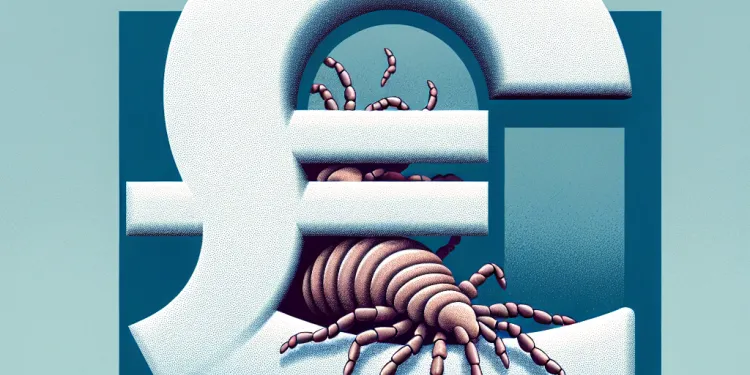
What are head lice?
Relevance: 100%
-
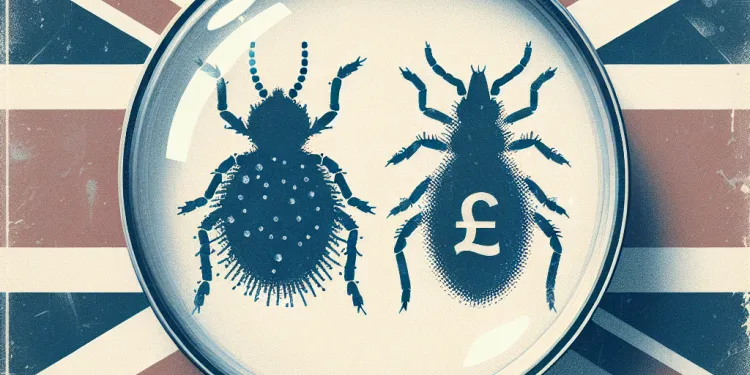
Are nits and head lice the same thing?
Relevance: 91%
-
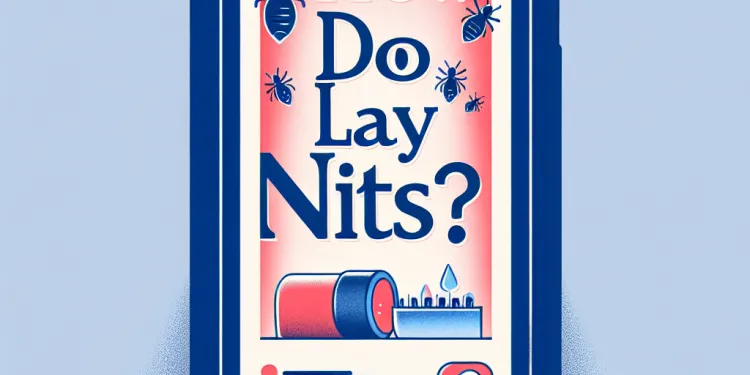
How do lice lay nits?
Relevance: 63%
-

Can nits hatch into lice?
Relevance: 59%
-
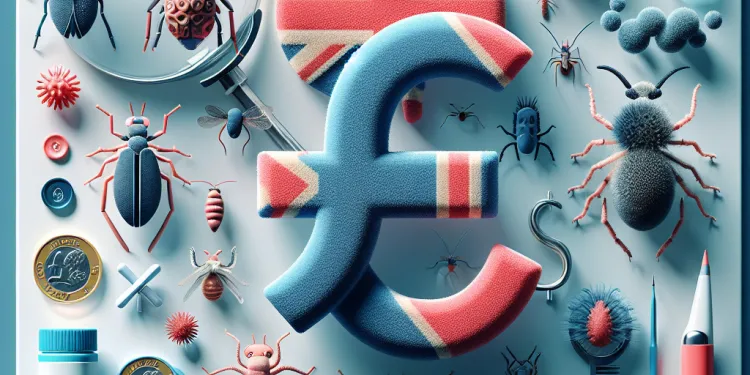
Are there different types of lice?
Relevance: 47%
-

Are nits and head-lice the same thing?
Relevance: 44%
-
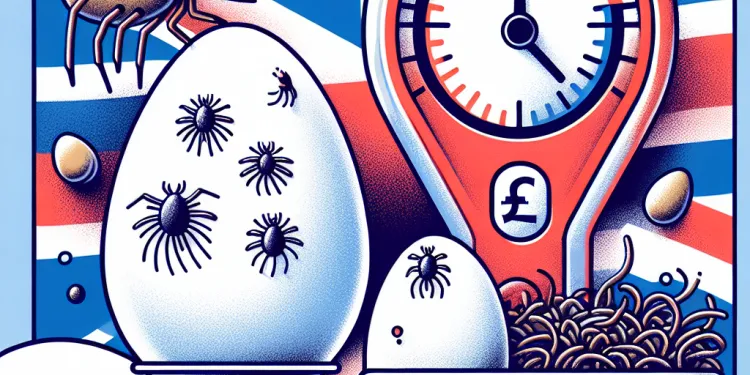
How long does it take for nits to hatch?
Relevance: 39%
-
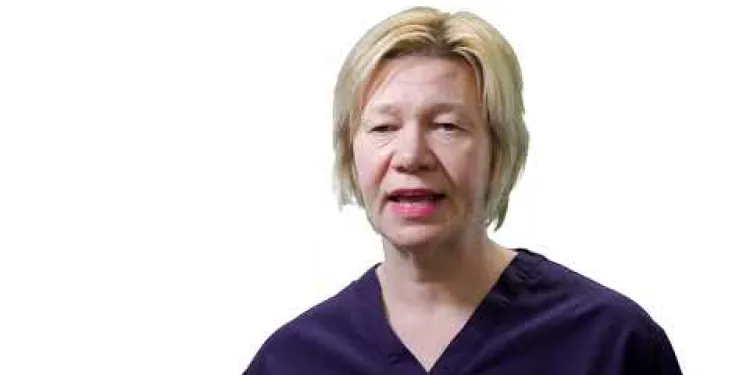
Head and Neck Cancer Diagnosis
Relevance: 38%
-
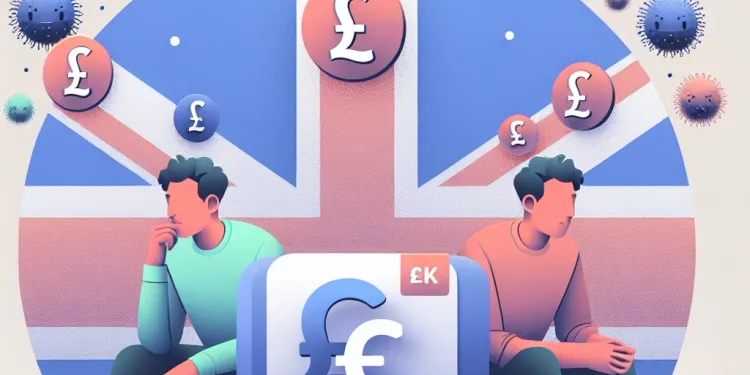
Are nits contagious?
Relevance: 38%
-
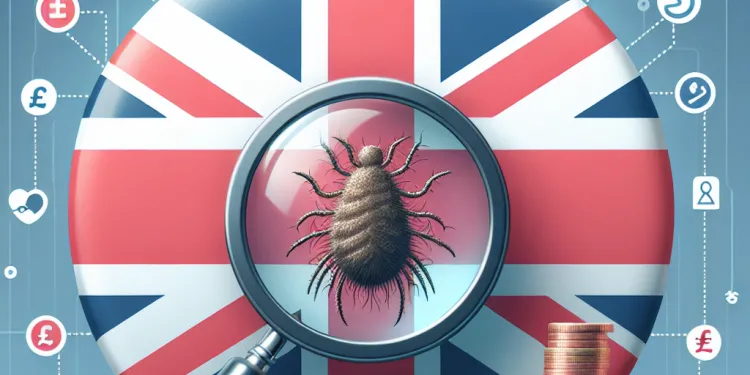
Can you get rid of nits and lice with the same treatments?
Relevance: 37%
-

Where can nits be found?
Relevance: 37%
-
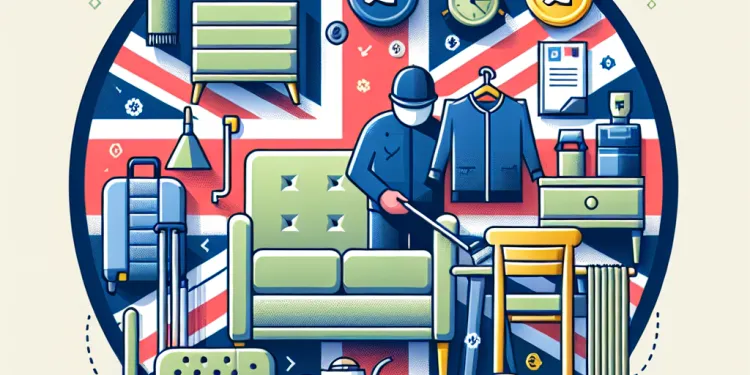
Can nits survive on furniture or clothing?
Relevance: 36%
-
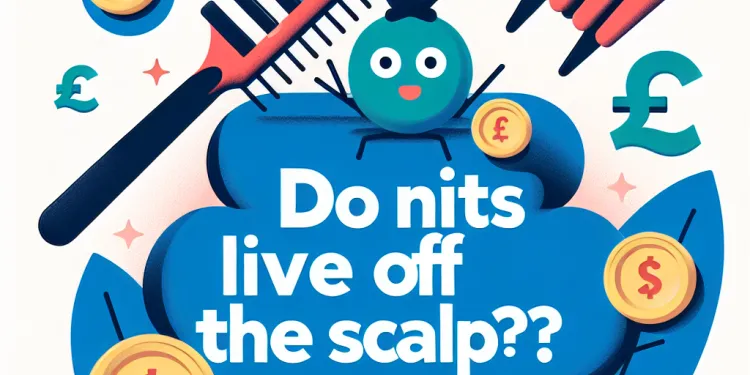
Do nits live off the scalp?
Relevance: 34%
-

Can concussions occur without a direct blow to the head?
Relevance: 34%
-
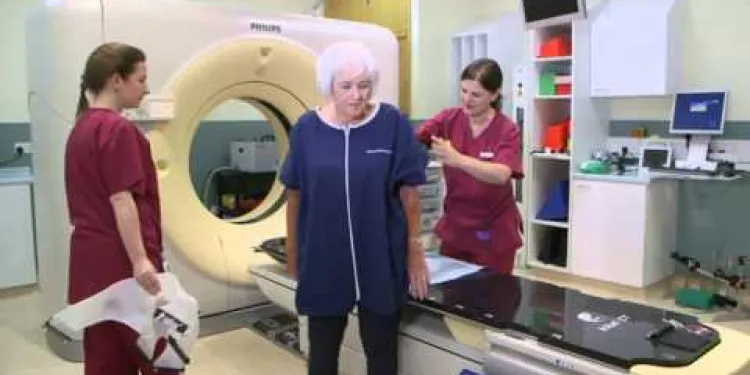
Radiotherapy to the Head and Neck: A Guide for patients and their carers
Relevance: 34%
-
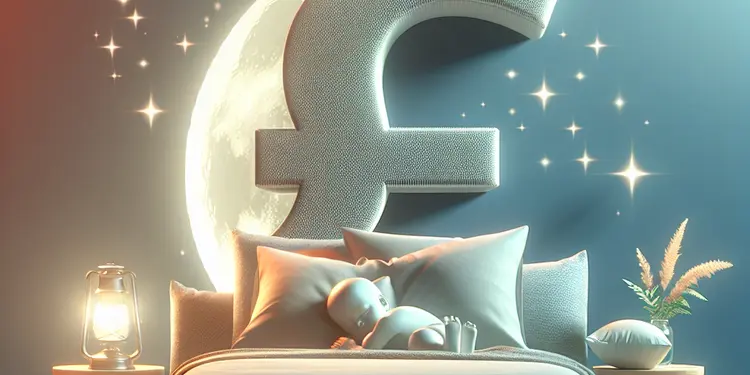
Can baby sleep pillows prevent flat head syndrome?
Relevance: 33%
-
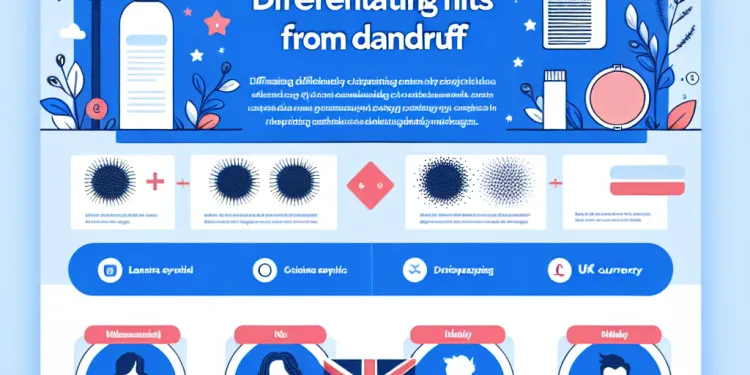
How can you differentiate nits from dandruff?
Relevance: 30%
-
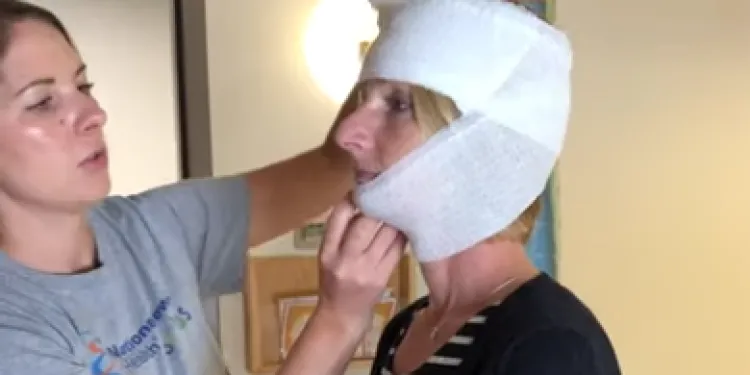
How to apply wet wrap bandaging to the head and face area.
Relevance: 29%
-
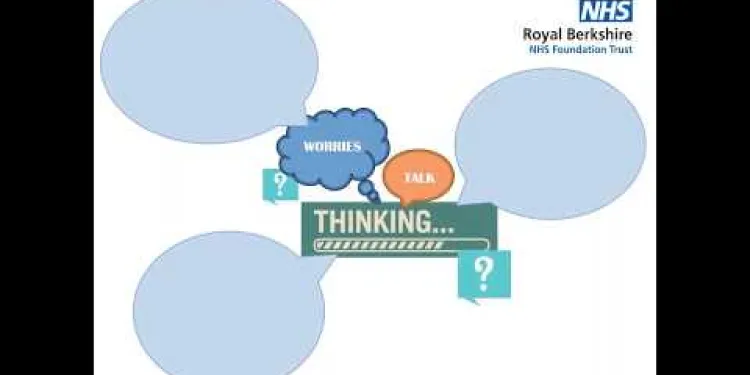
Royal Berkshire NHS Foundation Trust: Radiotherapy for head and neck cancers
Relevance: 29%
-
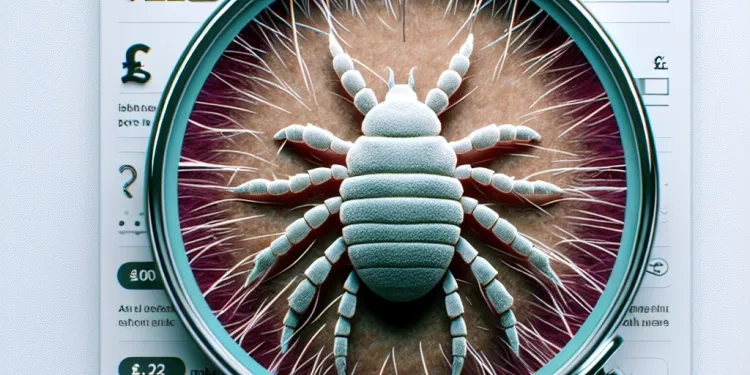
How do lice feed?
Relevance: 27%
-
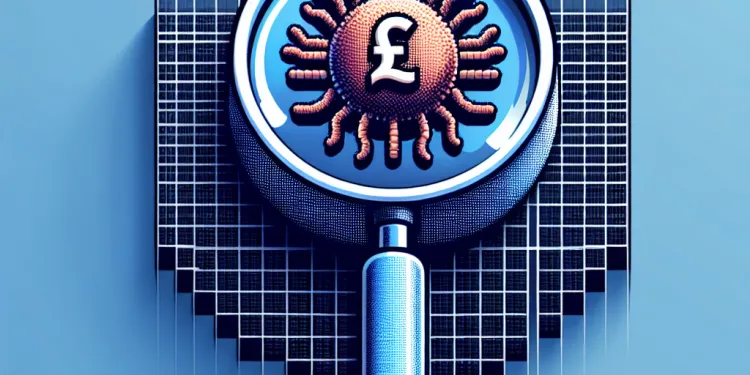
What do nits look like?
Relevance: 26%
-
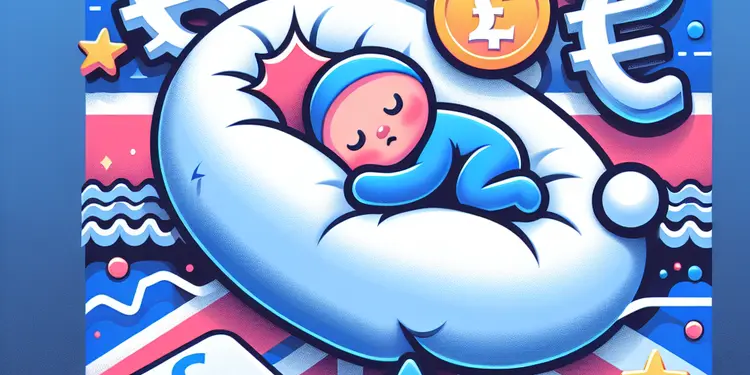
What are the risks associated with baby sleep pillows?
Relevance: 13%
-
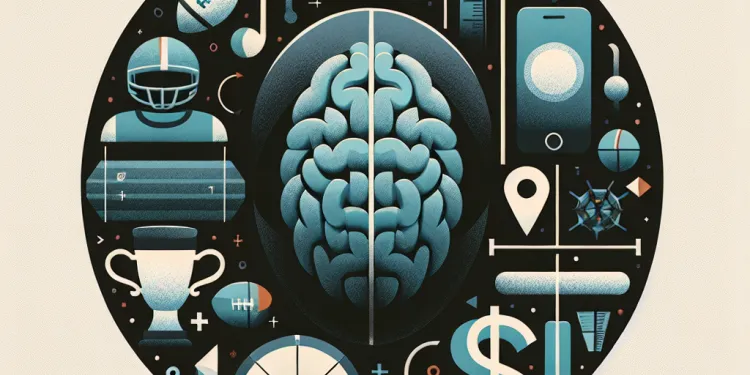
What causes concussions in rugby?
Relevance: 11%
-
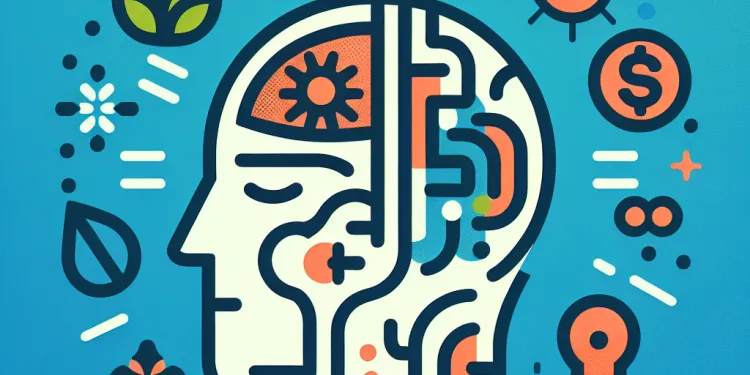
Is headache a symptom of a concussion?
Relevance: 11%
-
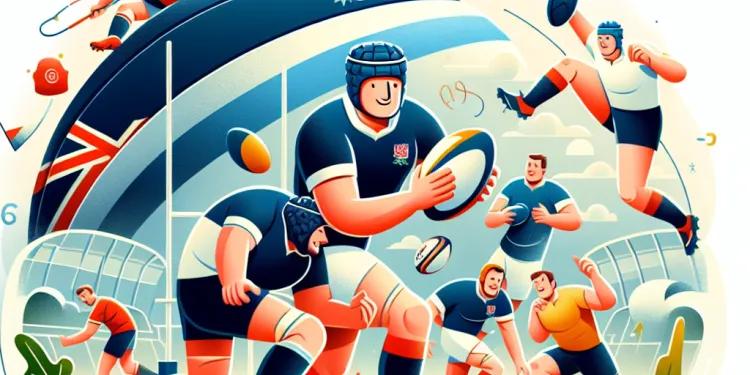
Are Concussions common in Rugby?
Relevance: 11%
-
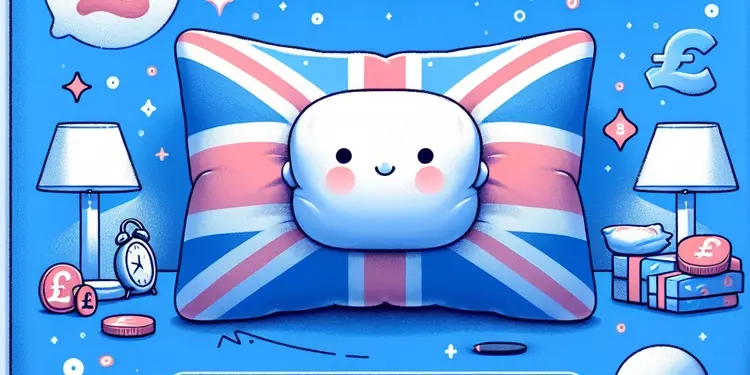
Are baby sleep pillows safe?
Relevance: 10%
-
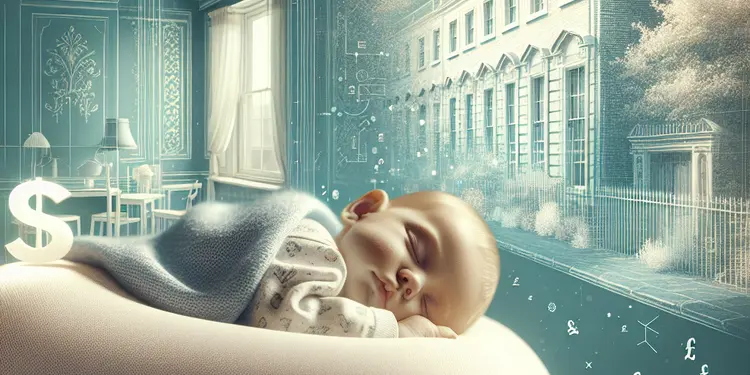
Are there any benefits to using baby sleep pillows?
Relevance: 10%
-

How is a concussion diagnosed?
Relevance: 10%
-
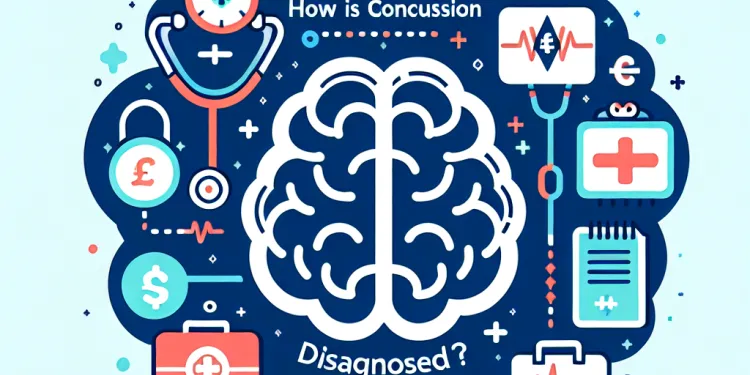
How is a concussion diagnosed?
Relevance: 10%
-
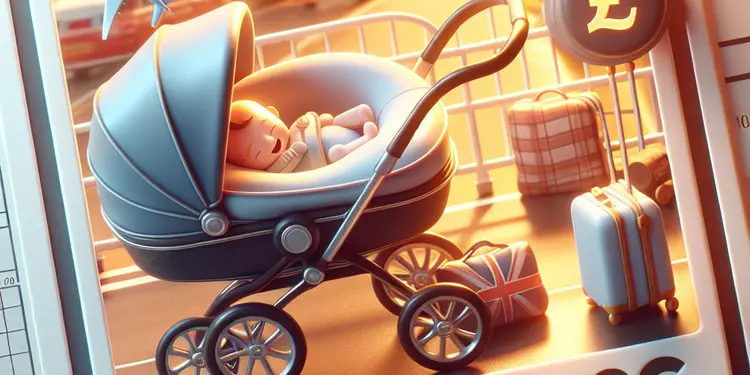
Are travel pillows for infants safe?
Relevance: 10%
-
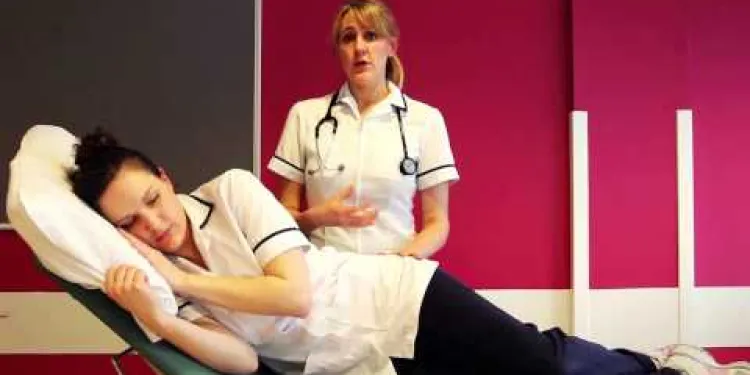
Positioning for Breathless Patient
Relevance: 10%
-

What should I do if my baby has a preference for sleeping with a pillow?
Relevance: 10%
-
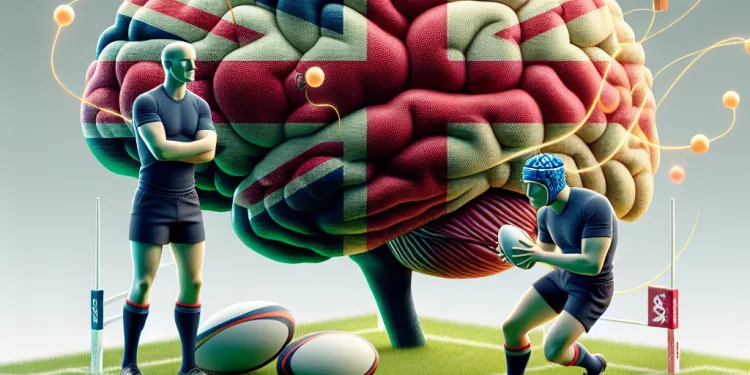
Are helmets required in rugby to prevent concussions?
Relevance: 9%
-

How Was the Church of England Established
Relevance: 9%
-

What is Concussion?
Relevance: 9%
-
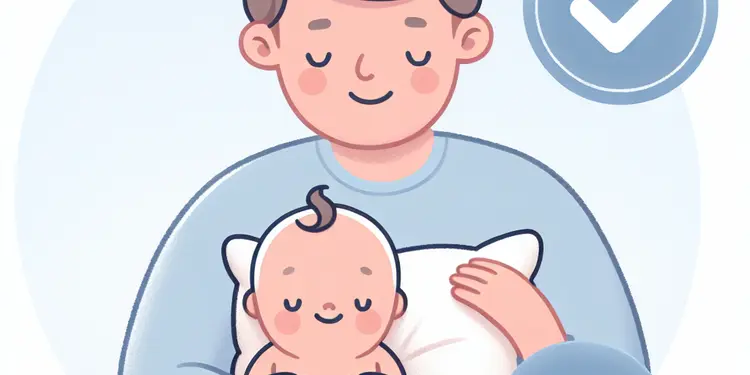
At what age is it safe for a baby to use a pillow?
Relevance: 9%
-

What causes motor neurone disease?
Relevance: 8%
-
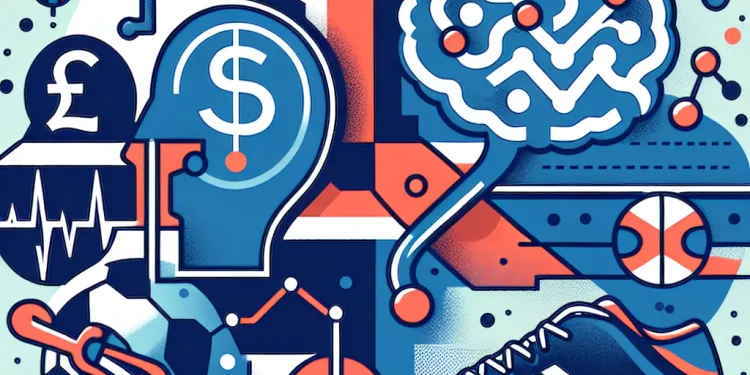
Can playing sports increase the risk of a concussion?
Relevance: 7%
-
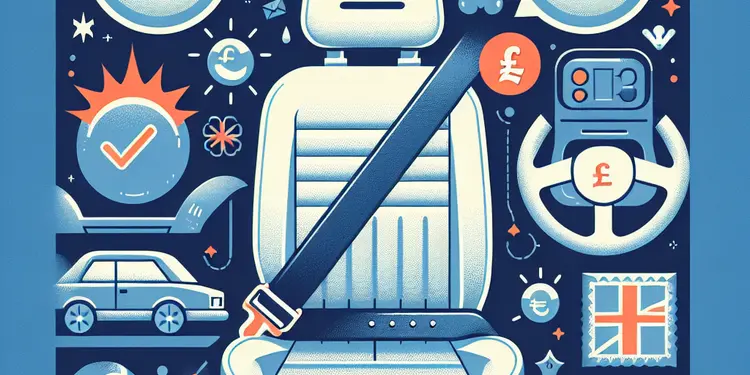
Does wearing a seatbelt prevent whiplash?
Relevance: 7%
-
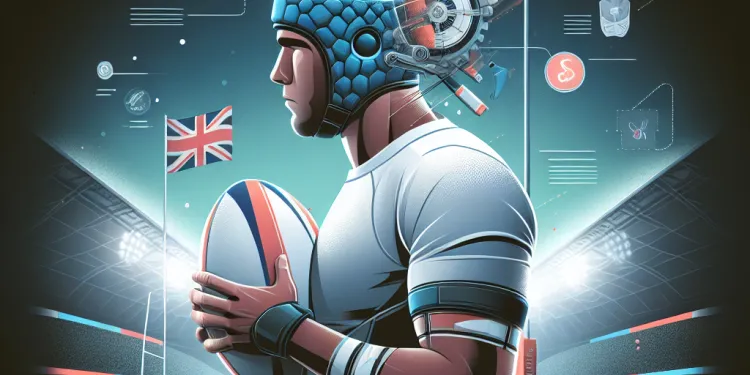
How can concussions be prevented in rugby?
Relevance: 7%
What Are Head Lice?
Head lice are tiny parasitic insects that feed on human blood and reside on the scalp. Scientifically known as Pediculus humanus capitis, these insects are a common concern, particularly among school-aged children. They are not a reflection of personal hygiene or a person's socioeconomic status, as they can infest anyone with hair, regardless of cleanliness.
Identification and Appearance
Head lice are small, typically ranging from 2 to 4 millimetres in length, and have a greyish-white colour, although they can sometimes appear darker. They have six legs equipped with claws that allow them to grip tightly to hair strands. The adult females are usually larger than the males and can lay about six eggs per day. The eggs, or nits, are tiny yellow, tan, or brown dots that are often mistaken for dandruff but are more difficult to remove.
Life Cycle of Head Lice
The life cycle of head lice consists of three stages: the egg (or nit), nymph, and adult. Eggs are laid by the adult female at the base of the hair shaft, closest to the scalp for warmth. They hatch into nymphs within seven to ten days. The nymphs mature into adults over the following nine to twelve days and begin to reproduce, continuing the cycle. Adult lice can live up to 30 days on a host but die within a day or two without one.
Transmission and Prevention
Head lice are primarily spread by direct head-to-head contact, which is common among children playing together. Indirect spread through sharing personal items like hats, hairbrushes, or pillows is less common but possible. To prevent infestations, avoid sharing personal items and encourage regular inspection of children's hair, particularly if there is an outbreak at school. Keeping long hair tied back can also reduce the risk of contact.
Treatment Options
Treatment for head lice typically involves over-the-counter or prescription medicated shampoos and lotions designed to kill lice and their eggs. These treatments often contain ingredients such as permethrin or malathion. It's essential to follow the instructions carefully to ensure effectiveness and to repeat treatment as recommended to catch any newly hatched lice. In addition to chemical treatments, manual removal of lice and nits using a fine-toothed comb is crucial.
Common Misconceptions
There are several misconceptions surrounding head lice. One common myth is that head lice can jump or fly; however, they can only crawl. Another is the belief that a dirty home can lead to lice infestations, but lice do not originate from the environment—they are spread through direct contact. It’s important to address these misconceptions to reduce stigma and encourage proper treatment.
What Are Head Lice?
Head lice are tiny bugs. They live on your head and drink your blood. These bugs are called Pediculus humanus capitis. Many children get them, especially in school. Having head lice doesn’t mean you’re dirty or poor. Anyone with hair can get lice.
What Do Head Lice Look Like?
Head lice are very small. They are about 2 to 4 millimeters long. They are greyish-white, but sometimes look darker. Lice have six legs and claws to hold on to hair. The female lice are bigger than the male lice. Female lice lay about six eggs every day. The eggs, called nits, are tiny and can be yellow, tan, or brown. People often think nits are dandruff, but nits stick to the hair.
Head Lice Life Cycle
Head lice have three stages: egg (or nit), nymph, and adult. Female lice lay eggs near the scalp to keep them warm. Eggs hatch in 7 to 10 days into nymphs. Nymphs grow into adults in 9 to 12 days. Adult lice can live 30 days on a person’s head. But, they die in a day or two if they fall off.
How Do You Get Head Lice?
You get head lice when your head touches another person’s head. This happens a lot with children playing. You can also get them from sharing hats or brushes, but this is not so common. To stop head lice, don’t share things that touch your hair. Check children’s hair often if there’s lice at school. Keeping long hair tied up can also help.
How to Get Rid of Head Lice
To treat head lice, use special shampoos or lotions from the store or doctor. These treatments have things like permethrin or malathion to kill lice and eggs. Follow the instructions carefully and repeat treatment if needed to kill new lice. Also, use a fine comb to remove lice and eggs from the hair.
Myths About Head Lice
There are some wrong ideas about lice. Some people think lice can jump or fly, but they can only crawl. Others think lice come from dirty homes, but lice only spread by direct contact with someone who has them. Understanding the truth about head lice helps to treat them properly.
Frequently Asked Questions
What are head lice?
Head lice are tiny, wingless, parasitic insects that live on the human scalp and feed on blood.
How do head lice spread?
Head lice spread mainly through direct head-to-head contact with an infested person. They can also spread through sharing personal items like hats, brushes, or pillows.
What are the symptoms of head lice?
The main symptoms of head lice are itching on the scalp, a tickling feeling of something moving in the hair, and sores on the head from scratching.
Can head lice jump or fly?
No, head lice cannot jump or fly. They crawl from one head to another through close contact.
How can I check for head lice?
To check for head lice, part the hair into sections and look for live lice or nits (lice eggs) close to the scalp, especially behind the ears and at the nape of the neck.
How are head lice treated?
Head lice are treated with over-the-counter or prescription medications called pediculicides, which kill lice. Combing the hair with a fine-toothed lice comb is also recommended to remove lice and nits.
Do head lice cause disease?
Head lice do not spread disease. However, excessive scratching from lice infestations can lead to skin irritation and infections.
Are head lice more common in certain age groups?
Yes, head lice infestation (pediculosis) is most common among preschool and elementary school-age children and their families.
How long do head lice live?
Head lice live about 30 days on a human host. They cannot survive more than 1-2 days away from a human scalp.
Can head lice infest a home?
Head lice cannot infest a home. They can only live on human scalps. You may find a few lice or nits on non-living items, but they will soon die.
Do home remedies work for treating head lice?
Some home remedies may reduce lice infestations, but most have not been scientifically proven. Over-the-counter or prescription treatments are recommended.
Can pets get head lice?
No, pets cannot get head lice. Head lice are a human-specific parasite.
What do head lice look like?
Adult head lice are about the size of a sesame seed, brownish or grayish. Nits are tiny, yellowish-white, oval-shaped eggs attached to hair shafts.
Is it possible to prevent head lice?
While it's hard to completely prevent head lice, avoiding head-to-head contact and not sharing personal items can reduce the risk. Regular checks can help catch infestations early.
How do you distinguish nits from dandruff?
Nits are firmly attached to hair shafts and are difficult to remove, while dandruff can easily be brushed out of hair.
Is itching always present with head lice?
Not always. Some individuals with head lice do not experience itching, while others may develop an itchy scalp.
What should you do if a family member has head lice?
Treat the affected person with appropriate lice medication, check the whole family for lice, and wash items like bed linens and hats in hot water.
Can head lice survive on hairbrushes?
Head lice can survive on hairbrushes for a short time but will die within 1-2 days away from a human host.
Do head lice prefer clean or dirty hair?
Head lice can infest both clean and dirty hair. Hygiene does not prevent or encourage lice infestations.
How soon after contact do symptoms of head lice appear?
Symptoms can appear a few days after contact. It may take 4-6 weeks for itching to develop if it's the first infestation, as the scalp may take time to become sensitized to lice bites.
What are head lice?
Head lice are tiny bugs. They live in hair. They can make your head itchy.
Head lice are not dangerous. They do not make you sick. But they can be annoying.
Sometimes, people use special shampoo to get rid of head lice. Cutting hair short can also help.
Ask an adult for help if you think you have head lice.
Head lice are small bugs. They do not have wings. They live on people's heads and drink a little bit of blood.
How do head lice spread?
Head lice are tiny bugs. They live in hair. They spread when heads touch. Hairbrushes, hats, or pillows can also spread them.
Ask an adult if you need help. You can use a special shampoo to get rid of them. Adults can also help you check your hair.
Head lice spread from one person to another when their heads touch. They can also spread if you share things like hats, hairbrushes, or pillows with someone who has lice.
What are the signs of head lice?
Here are signs that you might have head lice:
- Your head feels itchy or tickly.
- You see tiny bugs in your hair. They are called lice.
- You might find little white eggs in your hair. They are called nits.
- Your scalp might have red, bumpy spots from scratching.
If you think you have head lice, ask a grown-up to help you check.
The signs that you might have head lice are:
1. Your head feels itchy.
2. It feels like something is moving in your hair.
3. You have sores on your head from scratching.
Can head lice move by jumping or flying?
No, head lice cannot jump or fly. They only crawl. They move from one person to another by direct contact.
If you think you have head lice, you can use a special fine-toothed comb to check your hair.
A grown-up like a teacher or parent can help you with this.
No, head lice cannot jump or fly. They move from one person to another by crawling. This happens when heads are very close together.
How do I look for head lice?
To check for head lice, split the hair into parts. Look for live lice or tiny eggs near the scalp. Pay extra attention behind the ears and at the back of the neck.
How do you get rid of head lice?
Head lice are tiny bugs that live in hair. Here is how you can get rid of them:
- Use special shampoo: You can buy special shampoo from the store. It kills the lice. Follow the instructions on the bottle.
- Comb hair carefully: Use a fine-toothed comb to remove lice and their eggs from the hair. Do this after using the special shampoo.
- Wash clothes and bedding: Clean clothes, hats, and bedding in hot water. This kills any lice that might be there.
- Check everyone in the family: Make sure everyone in the home is checked for lice, so they don’t spread again.
You can ask an adult or doctor if you need help. They can tell you what to do and answer your questions.
Head lice are small bugs that live in your hair. You can get rid of them with special medicine from the store or your doctor. This medicine kills the lice.
You should also use a special comb with small teeth. This comb helps take the lice and their eggs out of your hair.
Do head lice make you sick?
Head lice are tiny bugs that live in hair. They do not make you sick. They do not spread diseases. But they can make your head very itchy.
If you have trouble reading, ask someone to read with you. You can use tools like audiobooks or reading apps to help.
Head lice do not make you sick. But, scratching a lot because of lice can hurt your skin and cause it to get infected.
Do some age groups get head lice more often?
Yes, head lice are tiny insects that live in hair. They are most common in young children in preschool and elementary school, and their families.
How long do head lice live?
Head lice are tiny bugs that live in hair. They can live for about 30 days on a person's head. If they fall off, they usually live for 1 or 2 days.
To help understand this, you can:
- Look at pictures of head lice to see what they look like.
- Use a video or story to learn about head lice and how to get rid of them.
Head lice are tiny bugs that live on people's heads. They can live on a person's head for about 30 days. But if they fall off the head, they can only live for 1 or 2 days.
Can head lice live in your home?
Head lice do not live in your home. They can only live on people’s heads. You might see a few lice or eggs on things, but they will die quickly.
Can home treatments get rid of head lice?
Head lice are tiny bugs that live in hair. They can make your head very itchy. Some people try to get rid of them using things you find at home. But do these home treatments really work?
Simple Ways to Help:
- Use a special lice comb. This comb has tiny teeth that help pull out lice and eggs from hair.
- Check hair often. Look for lice and eggs in the hair regularly to catch them early.
- Wash bedding and clothes. Lice can sometimes be on pillows and clothes. Wash them in hot water.
- Ask an adult for help. They can help you understand what to do.
Some people also use oils or mayonnaise, but they might not always work. It is important to use a special shampoo from the pharmacy if lice don't go away.
You can try some home tricks to help get rid of lice. But most tricks are not proven to work for sure. It's best to use special medicine from the store or your doctor for treating lice.
Can pets get head lice?
Head lice are tiny bugs that live in hair. People can get head lice.
But your pets, like cats and dogs, do not get head lice.
If you want to learn more, ask an adult for help or look at pictures and videos.
No, pets cannot get head lice. Head lice only live on humans.
What do head lice look like?
Head lice are very small bugs. They live in hair. Head lice are the size of a sesame seed. They are brown or gray. They can be hard to see because they move quickly.
You can use a magnifying glass to see them better.
Grown-up head lice are small, like the size of a sesame seed. They are brown or gray. Nits are very tiny, yellowish-white, and shaped like little ovals. They stick to hair strands.
Can we stop head lice?
It is hard to stop head lice from happening, but there are things you can do to reduce the chance:
- Try not to touch heads with other people.
- Do not share personal items like hats or brushes.
- Check hair often to catch lice early.
How can you tell the difference between nits and dandruff?
Nits and dandruff can look similar, but they are not the same. Here is how you can tell them apart:
- Nits are tiny eggs laid by head lice. They stick to the hair and are hard to remove. They might be yellow or white.
- Dandruff looks like dry skin flakes. It can be white or yellow. Dandruff comes off easily when you brush or shake your hair.
Helpful tools and tips:
- Use a special comb to check for nits. These combs have fine teeth to help you see the nits.
- If you’re not sure, ask an adult or a doctor to help you.
Nits stick strongly to the hair and are hard to take out. Dandruff can be brushed out of the hair easily.
Do head lice always make your head itchy?
Not everyone with head lice feels itchy. Some people don't feel itchy at all. But other people might get an itchy head.
What to Do if Someone in Your Family Has Lice
If someone in your family has lice, don't worry. You can help them. Here are simple steps you can follow:
- Check Hair: Look at everyone's hair to see if anyone else has lice.
- Get the Right Treatment: Buy a special shampoo from the pharmacy to kill the lice.
- Follow Instructions: Use the shampoo as it says on the bottle. Follow all steps carefully.
- Wash Clothes and Sheets: Clean clothes, bedding, and towels in hot water to remove lice.
- Comb Hair: Use a fine-tooth comb to take lice and eggs out of hair. Do this carefully.
- Tell Close Contacts: Let people who have been close to your family member know, so they can check their own hair.
- Repeat if Needed: Check hair regularly. If you see lice again, do the treatment another time.
If you need help, ask an adult or a pharmacist. They can help you understand what to do. You can also use picture cards to show each step. Reading with a helper can make this easier, too. Don't feel bad—lice are common, and you can fix it!
Give the person medicine to get rid of lice. Look at the whole family to see if anyone else has lice. Wash things like bed sheets and hats in hot water.
Can head lice live on hairbrushes?
Head lice are tiny bugs that live in hair. They need to stay on the head to live. If lice fall off, they can't live long. Sometimes, lice might be on a hairbrush. But they can't last long there. Lice need blood from the scalp to survive.
If you're worried about lice on hairbrushes, here's what you can do:
- Use a different brush for each person.
- Wash brushes in hot water often.
- Use a fine-tooth comb to remove lice from hair.
If it's hard to understand, you can ask someone to help you read. Pictures or videos about lice can also be useful.
Head lice can live on hairbrushes for a little while, but they die if they don't get back on a person's head in 1 to 2 days.
Using a fine-tooth comb can help get rid of lice. Wash and clean your hairbrushes often to keep them away.
Do head lice like clean hair or dirty hair more?
Head lice can live in both clean and dirty hair.
Head lice just want to be where they can find food, which is blood from the scalp.
Keeping hair clean is good, but it won't stop lice.
Check hair often and use special combs or treatments if you see lice.
Head lice can live in clean hair and dirty hair. Washing your hair does not stop or cause lice to happen.
When do you get itchy from head lice?
Signs of lice can show up a few days after you catch them. If it's your first time with lice, you might start itching after 4 to 6 weeks. This is because your head takes time to notice and react to the lice bites.
If you find this hard to understand, you can:
- Use a simple reading tool that reads out loud to you.
- Ask someone to explain it to you in simple words.
Useful Links
- Ergsy carfully checks the information in the videos we provide here.
- Videos shown by Youtube after a video has completed, have NOT been reviewed by ERGSY.
- To view, click the arrow in centre of video.
- Most of the videos you find here will have subtitles and/or closed captions available.
- You may need to turn these on, and choose your preferred language.
- Go to the video you'd like to watch.
- If closed captions (CC) are available, settings will be visible on the bottom right of the video player.
- To turn on Captions, click settings .
- To turn off Captions, click settings again.
More Items From Ergsy search
-

What are head lice?
Relevance: 100%
-

Are nits and head lice the same thing?
Relevance: 91%
-

How do lice lay nits?
Relevance: 63%
-

Can nits hatch into lice?
Relevance: 59%
-

Are there different types of lice?
Relevance: 47%
-

Are nits and head-lice the same thing?
Relevance: 44%
-

How long does it take for nits to hatch?
Relevance: 39%
-

Head and Neck Cancer Diagnosis
Relevance: 38%
-

Are nits contagious?
Relevance: 38%
-

Can you get rid of nits and lice with the same treatments?
Relevance: 37%
-

Where can nits be found?
Relevance: 37%
-

Can nits survive on furniture or clothing?
Relevance: 36%
-

Do nits live off the scalp?
Relevance: 34%
-

Can concussions occur without a direct blow to the head?
Relevance: 34%
-

Radiotherapy to the Head and Neck: A Guide for patients and their carers
Relevance: 34%
-

Can baby sleep pillows prevent flat head syndrome?
Relevance: 33%
-

How can you differentiate nits from dandruff?
Relevance: 30%
-

How to apply wet wrap bandaging to the head and face area.
Relevance: 29%
-

Royal Berkshire NHS Foundation Trust: Radiotherapy for head and neck cancers
Relevance: 29%
-

How do lice feed?
Relevance: 27%
-

What do nits look like?
Relevance: 26%
-

What are the risks associated with baby sleep pillows?
Relevance: 13%
-

What causes concussions in rugby?
Relevance: 11%
-

Is headache a symptom of a concussion?
Relevance: 11%
-

Are Concussions common in Rugby?
Relevance: 11%
-

Are baby sleep pillows safe?
Relevance: 10%
-

Are there any benefits to using baby sleep pillows?
Relevance: 10%
-

How is a concussion diagnosed?
Relevance: 10%
-

How is a concussion diagnosed?
Relevance: 10%
-

Are travel pillows for infants safe?
Relevance: 10%
-

Positioning for Breathless Patient
Relevance: 10%
-

What should I do if my baby has a preference for sleeping with a pillow?
Relevance: 10%
-

Are helmets required in rugby to prevent concussions?
Relevance: 9%
-

How Was the Church of England Established
Relevance: 9%
-

What is Concussion?
Relevance: 9%
-

At what age is it safe for a baby to use a pillow?
Relevance: 9%
-

What causes motor neurone disease?
Relevance: 8%
-

Can playing sports increase the risk of a concussion?
Relevance: 7%
-

Does wearing a seatbelt prevent whiplash?
Relevance: 7%
-

How can concussions be prevented in rugby?
Relevance: 7%


